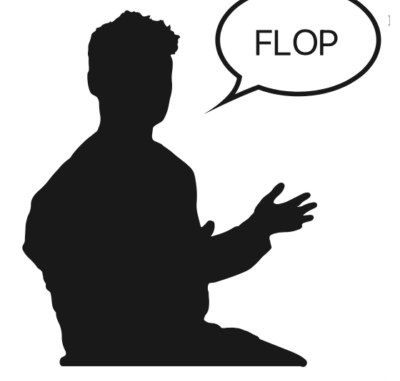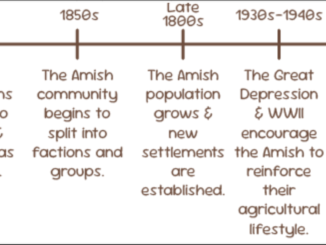
design: Wyatt Downey
Slang—the social phenomenon that builds a sense of community between people with mutually understood sayings or phrases. As noted by Nature magazine, slang is a sort of cryptic language that is only understood by certain groups in society, varying by occupation, ethnicity, age, or any other discerning factors.
Spread either by word of mouth in the past or social media in the modern era, slang allows communities to collaborate on shared experiences. Recognizing similarities in language from one person to another provides a reason to start conversations and relationships.
“I think people create slang to help them identify ‘in’ groups as opposed to ‘out’ of groups,” AP Spanish teacher Alexandra Tony said. “If you use the slang I use, I can tell you’re probably around my age, have similar interests or likes, and might have similar beliefs or generational commonalities.”
Throughout the ‘60s and ‘70s, jargon consisted of figurative expressions that rephrased already recognized language and terms. A “knuckle sandwich” is code for a punch to the face, and “gnarly” is a reworded version of “cool.” While much of the Gen X slang is outdated, repeated use by elders and the media has cemented this language as common communication.
“I say some older slang words myself, but overall, I think a lot of the slang words from past generations fit their era’s aesthetic better. Growing up now, those slang phrases wouldn’t fit in day-to-day conversations as they did back then,” junior Katy Martin said.
As the millennial era began in the ‘80s and ‘90s, many of the latest technologies produced catchy sayings and abbreviations to capture innovative ideas. Words such as “woke” characterize individuals whose views align with relevant civil rights movements. Acronyms were created for quick communication within mobile devices: “LOL” (laugh out loud) and “ROFL” (rolling on the floor laughing) are sent when reacting to a funny moment or message.
“A lot of my generation’s slang came from AIM (AOL Instant Messaging) where we’d chat online with each other. Much of that became a precursor to texting language, which we ended up using later on,” Gen Y member Tony said.
As the current Gen Z era started in the early 2000s, the new generation redefined words and created new meanings to previously established phrases: the term “slay” can be used as a noun, adjective, or verb and conveys the message of amazement; the term “flop” means to fail or be bad at something—also able to be used in all three parts of speech.
“It definitely makes my writing informal when texting or posting on social media. Slang has also affected verbal communication: my friends and I tend to not have a lot of serious conversations and use improper English when we are talking,” Gen Z member Martin said.
With respect to Gen Z’s slang, much of the language is spread between communities. AAVE (African American Vernacular English) is a dialect that established a lot of trending phrases, one being “finna” which means “about to.”
Social media platforms Twitter and TikTok contribute to the spread of these words as well. Influencer James Charles prompted the use of “kitty girls” as a feminine substitute for “bro.” The 2019 VSCO girl trend popularized “SKSKSK,” also known as a keyboard smash, to illustrate hysteria.
“TikTok is the main way I see slang spreading in our generation. My friends and I would see something and then gradually incorporate it into how we talk to each other,” senior and Gen Z member Laura Felderean said.
The sharing of communication is reflective of generational trends and cultures and has become an essential implementation into the English language. Whether perceived as the bee’s knees by wannabe zoomers, or high-key cray-cray by baby boomers, slang has defined how we speak and will continue to connect communities for generations to come.


